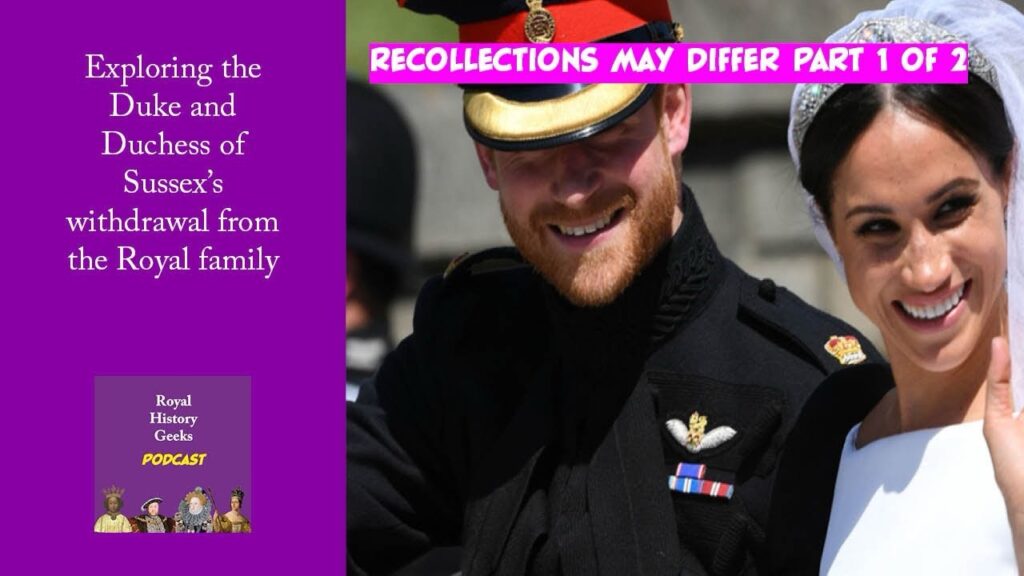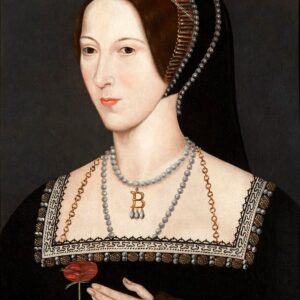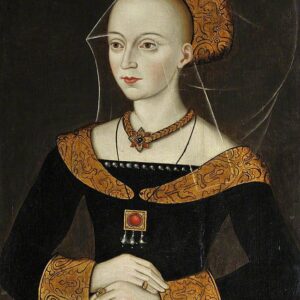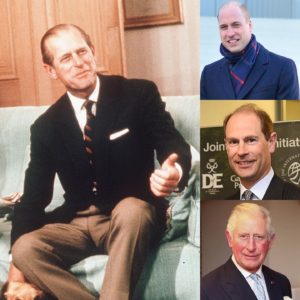
Today marks the paperback release of “Spare” – the tell all biography written by the Duke of Sussex.
It’s now been some years since the Duke and Duchess of Sussex announced their decision to step back as working members of the Royal family. Now that the dust – to at least some extent – has settled – it’s possible to review that decision, and the controversies that followed with an open mind and a level head. In this two-part podcast, this is what we have tried to do.
In part 1, Royal commentator James Taylor and history writer Gareth Streeter discuss:
- Harry and Meghan’s engagement and initial clash with the media
- The Royal wedding and the huge optimism that surrounded it
- The couple’s early married life as working Royals
- Their decision to step back
- The “Sandringham summit” and the Royal family’s response
- The controversial Oprah Winfrey interview
- How Royal titles work and the reason that the couple’s children were not initially a Prince and Princess
In part 2 we discuss:
- The Netflix series and the background (as far as we understand it) of the deal
- The treatment of the Duchess of Sussex in aspects of the UK media and how this compares with the way the Princess of Wales is discussed
- The importance of source criticism in dealing with any media
- The book Spare, and why Gareth got too angry to finish it
- Harry’s bravery and honesty in being vulnerable about his mental health
- The book’s strengths and weaknesses
These episodes are also available from wherever you get your podcasts.








